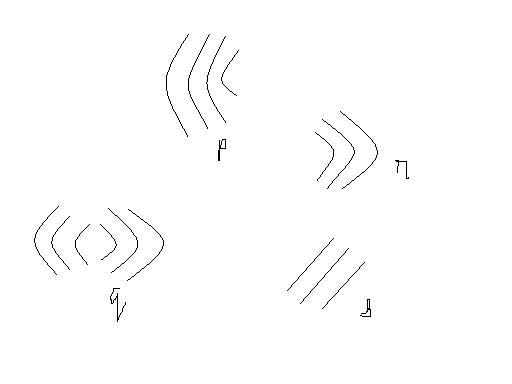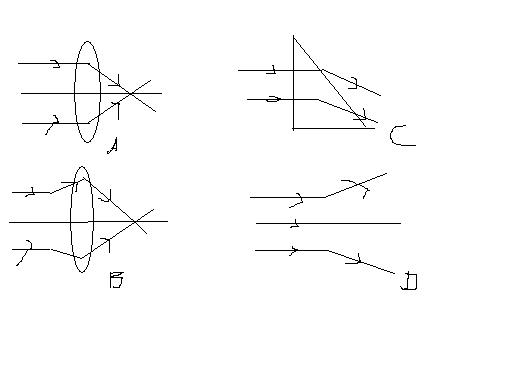actually bhaiyya im clue less abt all four please give me the method
19 Answers
in B too there might have been a concave lens placed before the convex one
@sky this is a BT question
B is a drunken wavefront. [3]
Or a wavefront of a magical ray of light which can undergo refraction at it's own will.[3]
hey dun think abt B...
its a 'mad' ray....
without any provocation it bent suddenly [12]
yeh fiitjee ka question hai naa [7]
guys ... chcek out this one : http://en.wikipedia.org/wiki/Wavefront
(courtesy: nishant bhaiya [3])
my opinion is D might be a concave lens
no clue abt B
but i trust the instrument is not important only the rays are
Bhaiyyah, can you pls explain how B and D came into existence?????[7]
got it bhaiyya
and btw the soln given to this matrix was
"The matching is based on the fact that normals to wavefronts are along the rays which indicate direction of wave propagation"
i see it is obvious now
thanx bhaiyya
The best way to look at it is this..
You see a "thin flat" tube of water.. which you "flush" horizontally ..
so a lot of water will flow together..
The water that came out together will make a "wave front"
At every instant of time a new wave front will be generated...
That is the basic understanding of a wave front!
A-D(column 1) are parallel rays incident on some optical device
p-r(Column 2) are the type of emergent wavefronts
match the matrix
A's correspondence will depend on the thickness of the lens.. if the lens is very thick the answer will be different!
A corresponds to P because the ray is converging and so the wavefront can be considered as wavefront that will be emitted by a source placed at that point ...
similarly we can apply with other choice
please correct me if i was wrong with my reason

